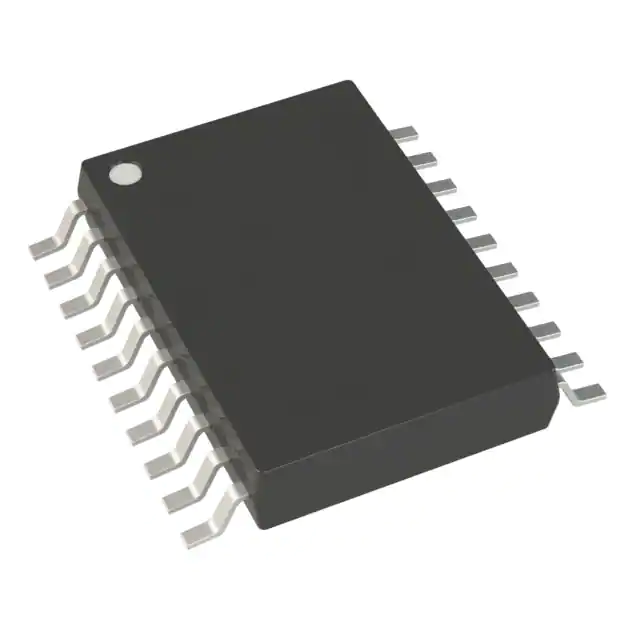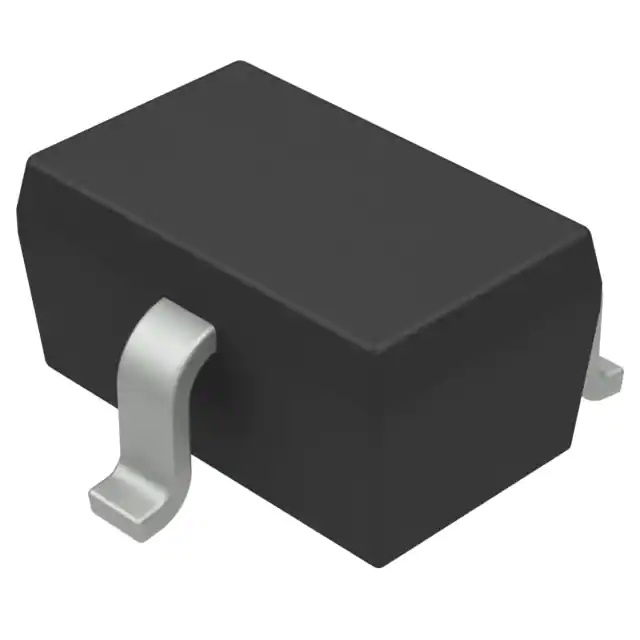Hello! now About Us
Welcome to DCZY!
New customer?Start here.
The Role of Inductors in Power Circuits
11/26/2024 5:31:58 PM
In modern electronic devices, power circuits are the core for providing a stable power supply. As one of the indispensable passive components in power circuits, inductors play a variety of key roles. This article will explore the main functions of inductors in power circuits and how they affect the performance and stability of the circuit.
1. Current Smoothing and Filtering
One of the most fundamental roles of inductors is current smoothing and filtering. In rectifier circuits, alternating current (AC) is converted into pulsating direct current (DC), which contains a lot of ripple and noise. Inductors, together with capacitors, form a low-pass filter that effectively reduces these ripples, providing a smoother DC output. The role of inductors is crucial for protecting sensitive electronic components from voltage fluctuations.
2. Energy Storage and Transient Response
Inductors can store energy, a characteristic that gives them a dual role in power circuits. On one hand, inductors can provide temporary energy supply when the power supply is unstable, helping to maintain the stable operation of the circuit. On the other hand, inductors can respond to transient load changes, quickly releasing or absorbing energy to meet the dynamic demands of the circuit.
3. Suppression of Electromagnetic Interference (EMI)
Electromagnetic interference is a key issue that needs to be focused on in electronic device design. Inductors can effectively suppress electromagnetic interference between power lines and loads through their impedance characteristics to high-frequency signals. Adding appropriate inductors between power lines and ground can filter out high-frequency noise and reduce electromagnetic radiation, improving the electromagnetic compatibility (EMC) of the device.
4. Voltage Conversion and Switching Power Supplies
In switching power supplies, the role of inductors is particularly important. Switching power supplies regulate output voltage by rapidly switching components (such as transistors). Inductors store energy when the switching components are on and release energy when they are off, achieving voltage conversion and stable output. This energy conversion process is key to the high efficiency and miniaturization of switching power supplies.
5. Current Limiting and Protection
Another important role of inductors is to limit the inrush current at startup. In some circuits, inductors can be designed to limit excessive current during device startup, protecting the circuit from damage due to excessive current. This protective mechanism is crucial for extending device life and improving safety.
6. Improving Power Efficiency
By optimizing the design and use of inductors, the efficiency of power circuits can be improved, reducing energy loss. The losses of inductors mainly come from their resistance and core losses. By choosing the right materials and design, these losses can be minimized, thereby improving the efficiency of the entire power system.
Conclusion
The role of inductors in power circuits is multifaceted, from current smoothing and filtering to energy storage and voltage conversion, to suppressing electromagnetic interference and improving power efficiency. With the development of electronic technology, the design and application of inductors are also continuously advancing to meet the demands for higher efficiency and better performance. Understanding the role of inductors in power circuits is crucial for designing more reliable and efficient power systems.
1. Current Smoothing and Filtering
One of the most fundamental roles of inductors is current smoothing and filtering. In rectifier circuits, alternating current (AC) is converted into pulsating direct current (DC), which contains a lot of ripple and noise. Inductors, together with capacitors, form a low-pass filter that effectively reduces these ripples, providing a smoother DC output. The role of inductors is crucial for protecting sensitive electronic components from voltage fluctuations.
2. Energy Storage and Transient Response
Inductors can store energy, a characteristic that gives them a dual role in power circuits. On one hand, inductors can provide temporary energy supply when the power supply is unstable, helping to maintain the stable operation of the circuit. On the other hand, inductors can respond to transient load changes, quickly releasing or absorbing energy to meet the dynamic demands of the circuit.
3. Suppression of Electromagnetic Interference (EMI)
Electromagnetic interference is a key issue that needs to be focused on in electronic device design. Inductors can effectively suppress electromagnetic interference between power lines and loads through their impedance characteristics to high-frequency signals. Adding appropriate inductors between power lines and ground can filter out high-frequency noise and reduce electromagnetic radiation, improving the electromagnetic compatibility (EMC) of the device.
4. Voltage Conversion and Switching Power Supplies
In switching power supplies, the role of inductors is particularly important. Switching power supplies regulate output voltage by rapidly switching components (such as transistors). Inductors store energy when the switching components are on and release energy when they are off, achieving voltage conversion and stable output. This energy conversion process is key to the high efficiency and miniaturization of switching power supplies.
5. Current Limiting and Protection
Another important role of inductors is to limit the inrush current at startup. In some circuits, inductors can be designed to limit excessive current during device startup, protecting the circuit from damage due to excessive current. This protective mechanism is crucial for extending device life and improving safety.
6. Improving Power Efficiency
By optimizing the design and use of inductors, the efficiency of power circuits can be improved, reducing energy loss. The losses of inductors mainly come from their resistance and core losses. By choosing the right materials and design, these losses can be minimized, thereby improving the efficiency of the entire power system.
Conclusion
The role of inductors in power circuits is multifaceted, from current smoothing and filtering to energy storage and voltage conversion, to suppressing electromagnetic interference and improving power efficiency. With the development of electronic technology, the design and application of inductors are also continuously advancing to meet the demands for higher efficiency and better performance. Understanding the role of inductors in power circuits is crucial for designing more reliable and efficient power systems.
Latest Products
-
AD9834BRUZ
Analog Devices Inc.
-
BAV99W,135
Nexperia USA Inc.
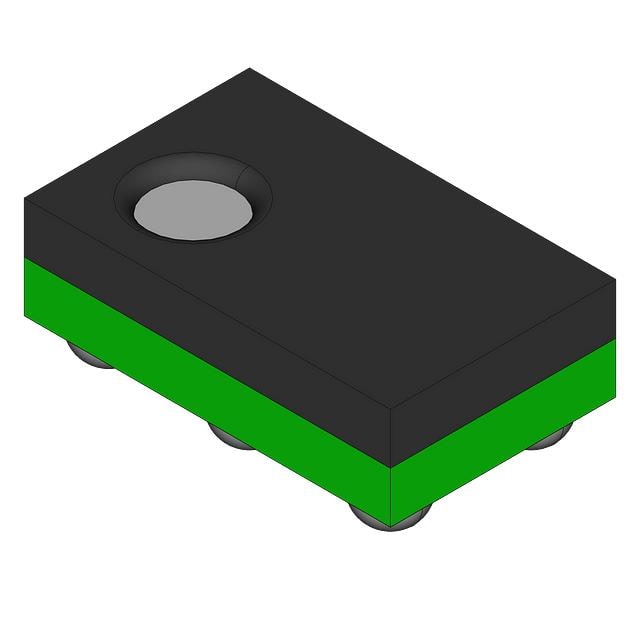
-
IP5002CX8/P135
NXP USA Inc.
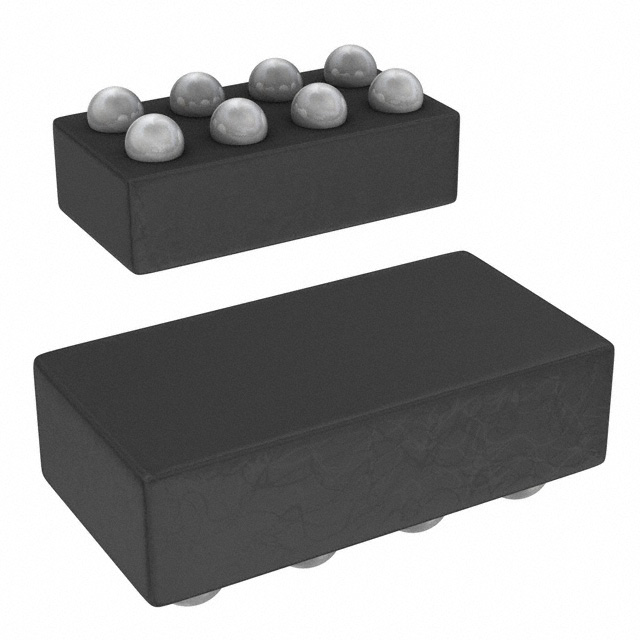
-
ADAU7002ACBZ-RL
Analog Devices Inc.
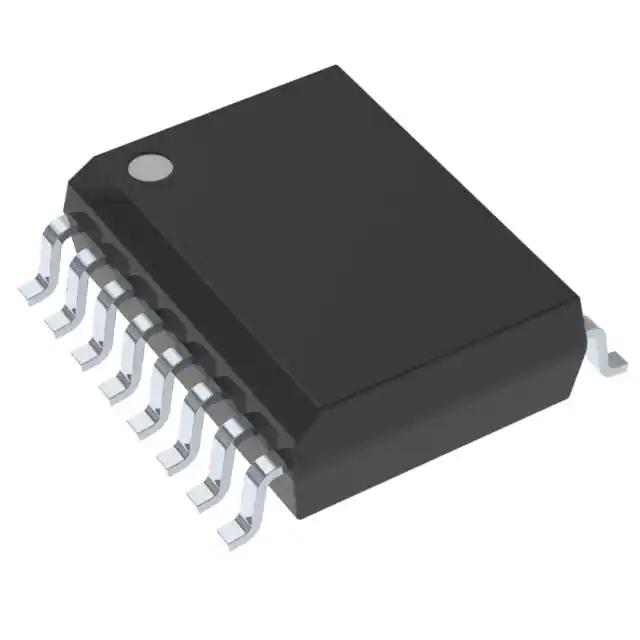
-
PGA2320IDW
Texas Instruments
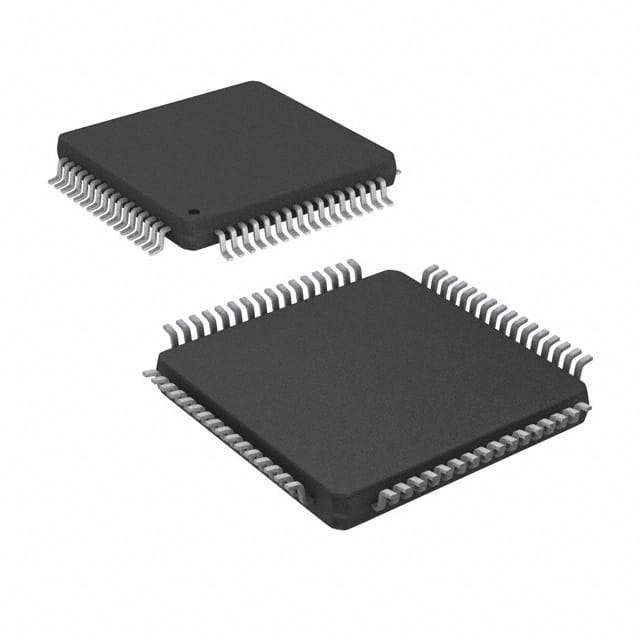
-
SRC4184IPAG
Texas Instruments
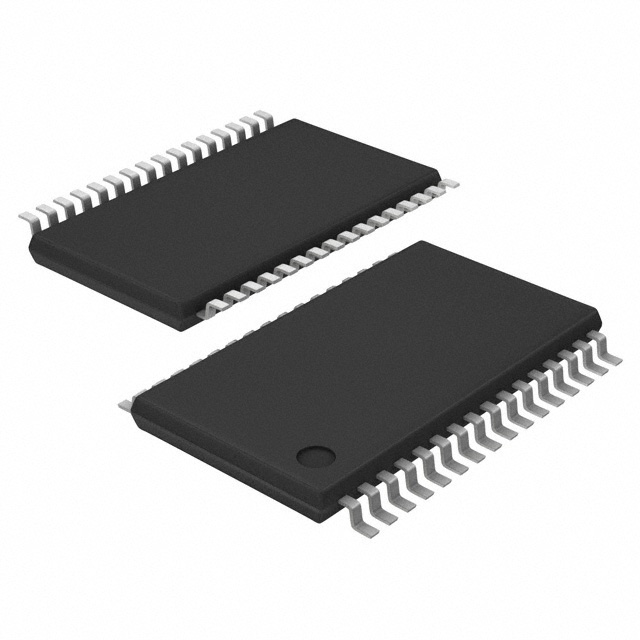
-
MUSES72320V-TE2
Nisshinbo Micro Devices Inc.
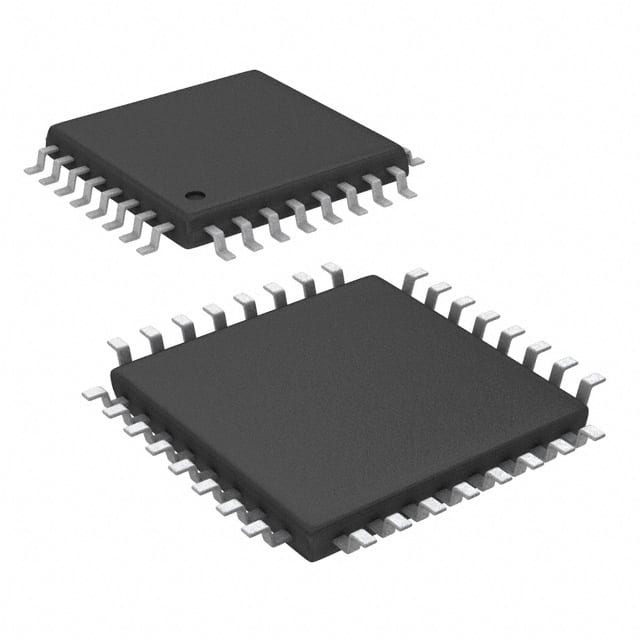
-
PCM2706CPJT
Texas Instruments
 Upload BOM
Upload BOM

